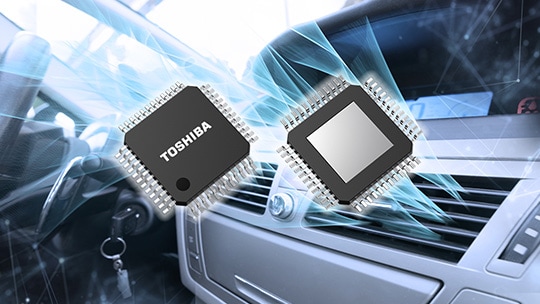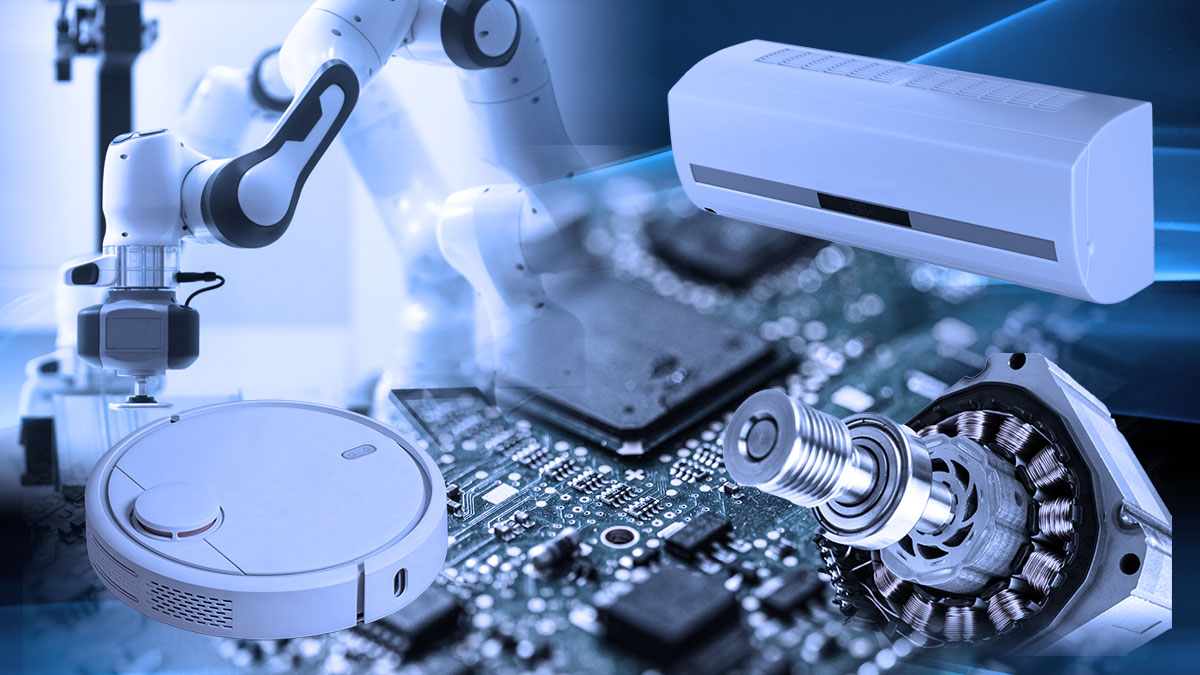- General Top
- SEMICONDUCTOR
- STORAGE
- COMPANY
-
My ToshibaSemicon
- Semiconductor Top
-
ApplicationsAutomotive
Body Electronics
xEV
In-Vehicle Infotainment
Advanced Driver-Assistance Systems (ADAS)
Chassis
IndustrialInfrastructure
BEMS/HEMS
Factory Automation
Commercial Equipment
Consumer/PersonalIoT Equipment
Healthcare
Wearable Device
Mobile
Computer Peripherals
-
ProductsAutomotive Devices
Discrete Semiconductor
Diodes
Transistors
Logic ICs
Analog Devices
Digital Devices
Wireless Devices
※
: Products list (parametric search)
Power SemiconductorsSiC Power Devices
※
: Products list (parametric search)
Isolators/Solid State RelaysPhotocouplers
Digital Isolators
Solid State Relays
Fiber Optic Transmitting Modules
※
: Products list (parametric search)
MOSFETsIGBTs/IEGTsBipolar Transistors※
: Products list (parametric search)
Diodes※
: Products list (parametric search)
MicrocontrollersMotor Driver ICsIntelligent Power ICs※
: Products list (parametric search)
Power Management ICsLinear ICs※
: Products list (parametric search)
General Purpose Logic ICsLinear Image SensorsOther Product ICsOther Product ICs
※
: Products list (parametric search)
-
Design & Development
-
Knowledge
- Where To Buy
- Part Number & Keyword Search
- Cross Reference Search
- Parametric Search
- Stock Check & Purchase
This webpage doesn't work with Internet Explorer. Please use the latest version of Google Chrome, Microsoft Edge, Mozilla Firefox or Safari.
require 3 characters or more. Search for multiple part numbers fromhere.
The information presented in this cross reference is based on TOSHIBA's selection criteria and should be treated as a suggestion only. Please carefully review the latest versions of all relevant information on the TOSHIBA products, including without limitation data sheets and validate all operating parameters of the TOSHIBA products to ensure that the suggested TOSHIBA products are truly compatible with your design and application.Please note that this cross reference is based on TOSHIBA's estimate of compatibility with other manufacturers' products, based on other manufacturers' published data, at the time the data was collected.TOSHIBA is not responsible for any incorrect or incomplete information. Information is subject to change at any time without notice.
require 3 characters or more.
Please tell me how to calculate the current consumption and power consumption of the meter driver.
The calculation of power consumption includes, in general, power consumption due to IC bias current and power consumption due to current flowing in the output section, which are affected by the drive voltage and drive duty cycle.
〈Example calculation for a brushed motor TB67H450AFTG (from the application note)〉
The power consumed by the IC can be roughly divided into two parts: the power consumed by the transistors in the output block and the power consumed by the logic block. (Calculated with 100% drive duty below.)
P(total)=P(out)+P(bias)
- Power consumption of motor output block
Power of the output block (P(out)) is consumed by the high-side and low-side MOSFETs of the H-Bridge.
P(out)=Iout(A)×VDS(V)=Iout(A)×Iout(A)×Ron(Ω) ……………………… (1)
When the current waveform of the motor output corresponds to the ideal waveform, the average power of the output block can be provided as follows.
Assuming Ron=0.60 Ω, Iout(peak:max)=1.5 A, VM=24 V, it can be calculated as follows
P(out) =1.5(A)×1.5(A)×0.60(Ω) …………………………………………………(2)
=1.35(W)
- Power consumption of logic and IM system
The power consumption of the logic and IM system is calculated separately by the state of operating and stopping.
I(IM3) = 3.5 mA(typical): during operation (fPWM=30kHz)
I(IM2) = 3.0 mA(typical): when stopped (brake mode)
The output system is connected to VM (24V).
(Output system: Sum of the current consumed by the circuit connected to VM and the current consumed by the output stage switching)
Power consumption during operation can be calculated as follows.
P(bias)=24(V)×0.0035(A) ………………………………………………………(3)
=0.084(W)
- Power consumption
From the values of formulas (2) and (3), the total power consumption P(total) during operation can be calculated as follows.
P(total)=P(out)+P(bias)=1.35+0.084=1.434(W)
The power consumption n in non-operation mode (stopping) can be calculated as follows.
P=24(V)×0.003(A)=0.072(W)
Additionally, th power consumption can also be reduced by stopping operation with standby mode (IM1=1 μA(max))
In actual motor operation, the average current will be lower than the calculated value due to the transition time of current steps and ripple caused by constant current PWM. Please refer to the above calculated values and set them with a margin after sufficient evaluation of the thermal design of the board and other components.
For individual power consumption calculations, please refer to the individual specifications or contact.
Related Links
The following documents also contain related information.



